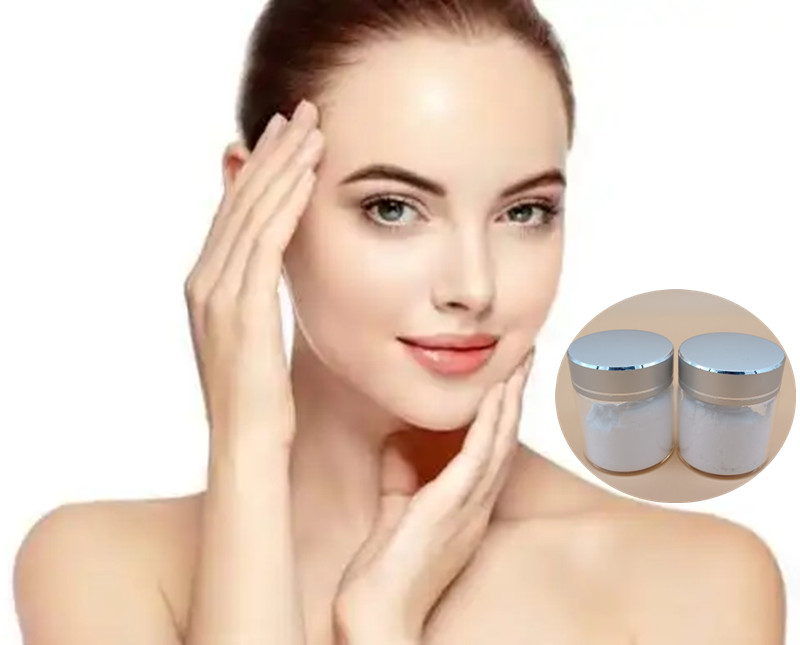Walnut peeling and rinsing techniques are well controlled and depended on, directly affecting the quality of commodity walnuts. The walnut peeling and rinsing techniques are described below:
First, peeling
1. Stacking and peeling. This is a traditional peeling method. The harvested fruit is transported to the shade or indoors in a timely manner, piled in a stack of 30-50 cm (thick and perishable), and then covered with a sack or about 10 cm of hay or leaves to keep it inside. Temperature and humidity, promote after-ripening. The fruits harvested in proper period are generally stacked for 3-5 days. The green skin can be separated from the shells. At this time, peeling can be carried out with a wooden board or a spade. Stacking time should not be too long, otherwise the green skin becomes black and even rot, contaminating the nut shell and seed, reducing the nut quality and commodity value. Generally stacking 3-5 days can take off the skin. Individual fruits that do not produce detachment are mostly fruits that are not fertilized and have no seed, and have no economic value.
2. The agent peels off. The harvested green peels were soaked in 3-5 mg/g ethephon solution for half a minute. The fish was then piled and then piled by the stacking method, or deposited with the spray, and deposited at a thickness of about 50 cm at a temperature of 30. Under conditions of °C and relative humidity of 80%-90%, peeling occurs after 2-3 days, and cracking occurs on its own.
This method is better for harvesting (7-10 days ahead of schedule), less mature, and harder to peel off, not only shortening the time needed for peeling, but also avoiding the long stacking time causing nuts Pollution. However, it is unfavorable to use ripe fruits with a high degree of maturity and a large amount of cracked green peels, because ethephon enters the cracked fruit between the peels and the nuts, causing contamination of the nut shells and seed kernels. In the application of ethephon peeling, in order to increase the temperature and humidity, some hay can be covered on the fruit pile.
Second, nut rinsing
The surface of the nut after dehulling often contains rotten skin, dirt and other contaminants. Wash it with clean water in time to keep the fruit surface clean. When washing, put the peeled nuts into the basket (not to fit too much at one time, about 1/2 of the capacity is appropriate), put the basket in running water or clear water tank, and stir it with a broom. When rinsing in the pool, it should be replaced with fresh water in a timely manner, about 5 minutes for each wash, and the time for one wash should not be too long, so as to prevent dirty water from penetrating into the shell and contaminating the nucleolus. Usually wash as often as possible 3-5 times. Especially the type of sutures that are not tight enough or exposed, can only be washed with water, otherwise it is easy to pollute the kernels. Under normal circumstances, the nuts should be spread out and aired in time after washing with clean water.
Third, drying
After drying, the moisture content of nuts (shells and nucleolus) should be less than 8%. Above 8%, the nucleus is easy to grow mold. Internal diaphragms are easily broken in production. Walnut drying method has two kinds of drying and baking. Washed nuts can not be exposed to sunlight immediately, otherwise the core shell will crack and affect the quality of nuts. Should be spread on a bamboo leaf or sorghum straw curtain for about half a day, until most of the water evaporates and then spread out on a dry mat or bamboo foil. The thickness of the nuts to be spread is generally not more than two layers. During the drying process, it should be turned frequently to achieve uniform drying and uniform color. Generally 5-7 days to dry.
In addition to natural drying, the rinsed nuts can be dried in rainy autumn, mostly using a dryer or a hot pot.
Cosmetics are compound mixtures made of various raw materials through reasonable deployment and processing. Cosmetics have a wide variety of raw materials with different properties. According to the raw material properties and uses of cosmetics, it can be roughly divided into two categories: matrix raw materials and auxiliary raw materials.

The former is a kind of main raw material of cosmetics, which occupies a large proportion in cosmetic formulations and plays a major functional role in cosmetics. The latter is responsible for shaping, stabilizing or imparting color, fragrance and other properties to cosmetics, which are not used in cosmetic formulations, but are extremely important. Cosmetics are chemical mixtures made of natural, synthetic or extracted substances with different functions as raw materials and processed through production procedures such as heating, stirring and emulsification.

Our company provides various cosmetic raw materials
Beta Arbutin Powder,Cosmetic Raw Materials,Kojic Acid Dipalmitate Powder,Nicotinamide Mononucleotide Powder
XI AN RHINE BIOLOGICAL TECHNOLOGY CO.,LTD , https://www.xianrhinebiotech.com